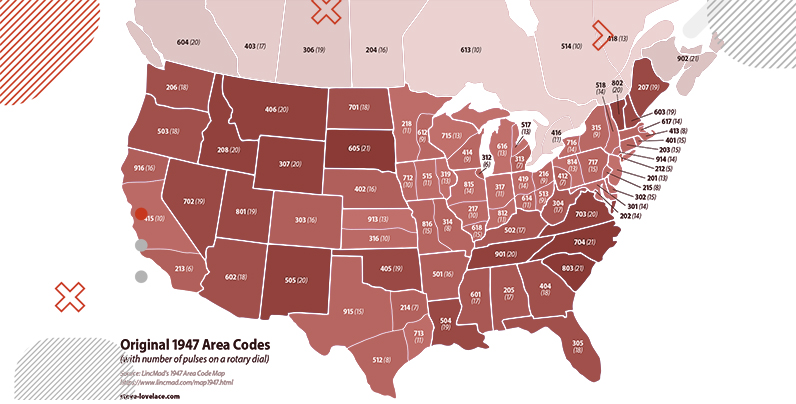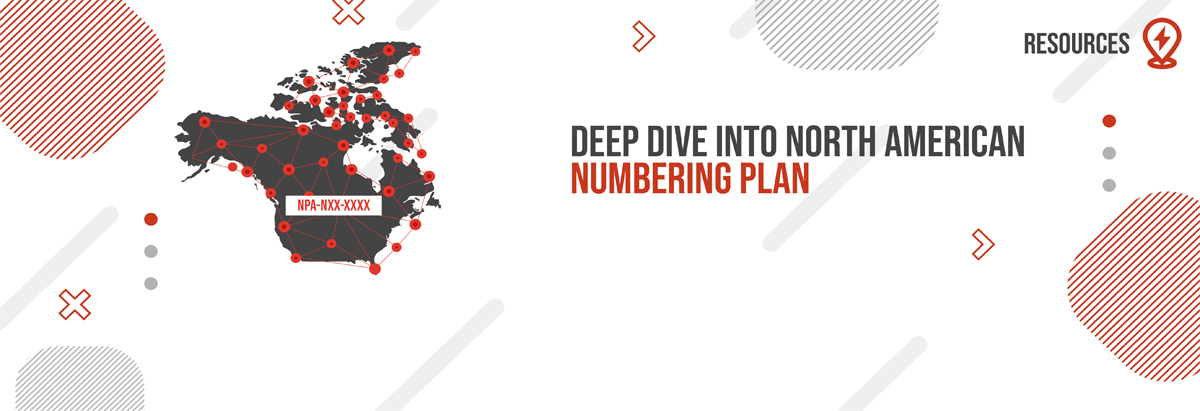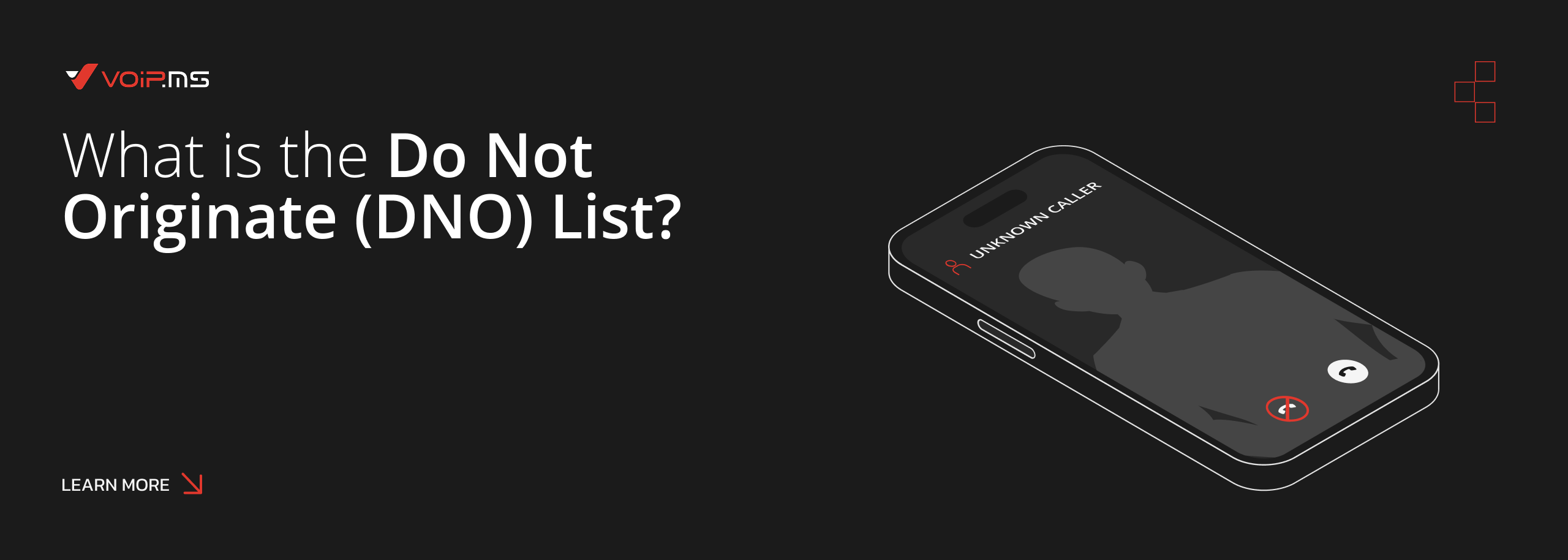Deep Dive into North American Numbering Plan
9 March 2021In response to a requirement of a standardized numbering plan for Direct Distance Dialing (DDD), engineers at AT&T and Bell Laboratories developed the North American Numbering Plan (NANP) in 1947. This development allowed people to make long-distance calls without any operator assistance.
Initially, the NANP was developed for 86 geographic areas, each with its unique three-digit NPA (Numbering Plan Area Code). However, the NANP was extended to 144 areas and 8 N00 Service Access Codes, and eight N11 codes. But with the advancement of switching technology, when the initial 144 NPA was exhausted in 1995, the North American Numbering Plan was extended to 792 codes.

North American Numbering Plan
The North American Numbering Plan (NANP) divides the telephone service territories into Numbering Plan Area (NPA), as discussed earlier, and assigns a three-digit area code to each. This three-digit code becomes the first part of the phone number. The other numbers consist of a three-digit prefix or central office code (indicating a specific exchange or rate center) and a four-digit station number.
This combination of the area code, prefix, and station number provides the destination routing address in the PSTN (Public Switched Telephone Number). This format is usually represented as NPA-NXX-XXXX. Here the NPA is the Numbering Plan Area, NXX is the Central Office Code and the XXXX is the Station Number.
Having said that, each area code has approximately 800 Central Office Codes. However, some of them like 911 are unavailable as they are dedicated to public use. Each central office code has 10,000 phone numbers, whereas every area code have almost eight million phone numbers. You might think of it as a large number. But some big cities go through them very quickly due to a fast-growing population and increasing cellular demand among other reasons. Having said that, once the numbers get exhausted new ones must be issued through a process known as area code relief.
Difference between North Numbering Plan and Formatting Elsewhere
1. Fixed Length Number Plan Area Codes
There is a certain difference between the numbering plan when it comes to the North American Numbering Plan and formatting elsewhere. For instance, the Number Plan Area codes of NANP have a fixed three-digit length. However, the Australian telephone number plan has Number Plan Area codes of a single digit only.
2. Variable Length Number Plan Area Codes
While the NPA formatting in the North America Numbering Plan and the Australia Numbering Plan are different, they have a fixed length. But some countries have variable length NPA codes as compared to fixed-length NPA codes of NANP. For instance, the UK and Germany both have variable length codes ranging from two to five digits, and Japan’s NPA codes have from one to five digits.

E.164 numbering plan
E.164 is a simple international numbering plan developed by the ITU (International Telecommunications Union), for public telephone systems in which any number is following a clear and easy structure: A country code, known as “CC,” a national destination code or “NDC” and a subscriber number or “SN.” An E.164 number can be up to 15 digits.
Thanks to E.164 and its 15 digits in a number, we can have a high number of possible combinations, and that’s a good news because every human can contact any other human on earth on a unique phone number!
Let’s see some examples: You’re living in North America and your local phone number is 555-123-4567, this number isn’t in the E.164 format. The correct writing is : +1-555-123-4567 where:
+1 designate your CC, 555 designate your NDC, And 123-4567 designate your SN.
In the E.164 phone number formatting the CC can have from 1 to 3 digits, if you are trying to call Mexico the CC will be +52, if you try to call Algeria the CC will be +213. Looking for a specific country code? You can find it in this list: https://countrycode.org/ As you can see, the E.164 is a worldwide standard for phone numbering plan, there is an evolution of the E.164 that is called ENUM, we’ll talk about it in other articles.

Share:
Back to Blog





